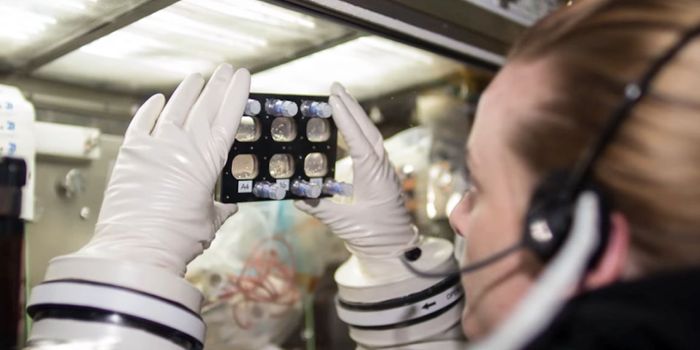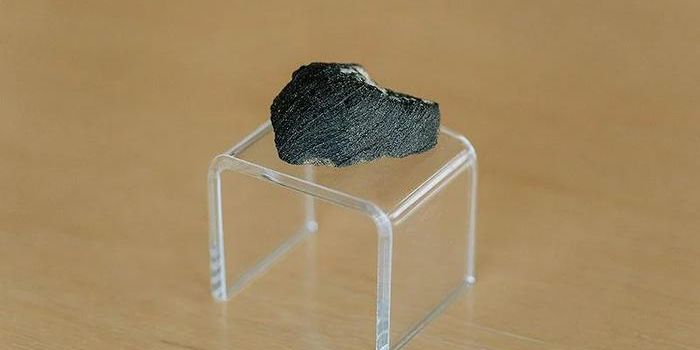Device May Help Robots Think Like Humans
Scientists at the University of Central Florida are closing the gap between human and machine thinking. According to a study published in the journal Science Advances, the creation of two promising nanomaterials combined into a new superstructure could help create a nanoscale device that can mimic the neural pathways of brain cells used in human vision.
"This is a baby step toward developing neuromorphic computers, which are computer processors that can simultaneously process and memorize information," said Jayan Thomas, an associate professor in UCF's NanoScience Technology Center and Department of Materials Science and Engineering. "This can reduce the processing time as well as the energy required for processing. At some time in the future, this invention may help to make robots that can think like humans."
Researchers also note that a potential application for the technology is for drone-assisted rescues.
"Imagine a drone that can fly without guidance to remote mountain sites and locate stranded mountaineers," says Tania Roy, an assistant professor in UCF's NanoScience Technology Center. "Today it is difficult since these drones need connectivity to remote servers to identify what they scan with their camera eye. Our device makes this drone truly autonomous because it can see just like a human."
Learn more about how robots can be manipulated to think:
"Earlier research created a camera which captured the image and sent it to a server to be recognized, but our group created a single device that mimics the eye and the brain function together," she said. "Our device can observe the image and recognize it on the spot."
The innovation involves growing nanoscale, light-sensitive perovskite quantum dots on the two-dimensional, atomic thick nanomaterial graphene—which allows photoactive particles to capture light and convert it to electric charges that can directly transfer to the graphene.
"Because of the nature of the superstructure, it shows a light-assisted memory effect," says Basudev Pradhan, who was a Bhaskara Advanced Solar Energy fellow in Thomas' lab and is currently an assistant professor in the Department of Energy Engineering at the Central University of Jharkhand in India. "This is similar to humans' vision-related brain cells. The optoelectronic synapses we developed are highly relevant for brain-inspired, neuromorphic computing. This kind of superstructure will definitely lead to new directions in development of ultrathin optoelectronic devices."
Sonali Das, a postdoctoral fellow in Roy's lab, says that there are also potential defense applications for the technology
"Such features can also be used for aiding the vision of soldiers on the battlefield," she said. "Further, our device can sense, detect and reconstruct an image along with extremely low power consumption, which makes it capable for long-term deployment in field applications."
"The facial recognition experiment was a preliminary test to check our optoelectronic neuromorphic computing," Thomas said. "Since our device mimics vision-related brain cells, facial recognition is one of the most important tests for our neuromorphic building block."
Source: Science Daily









